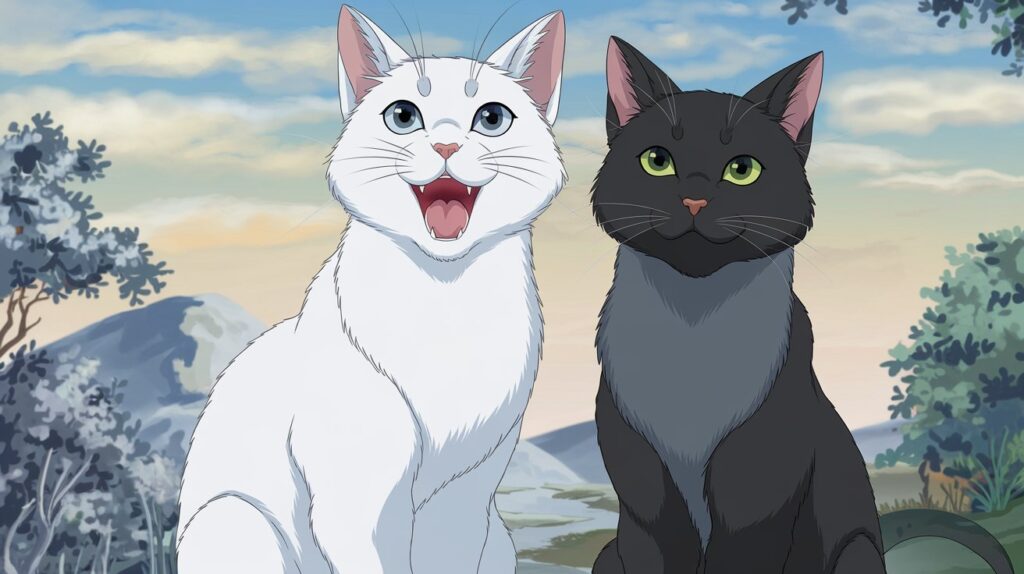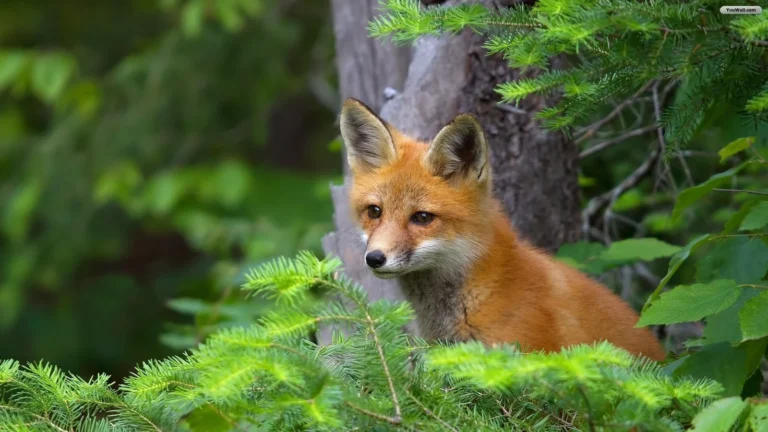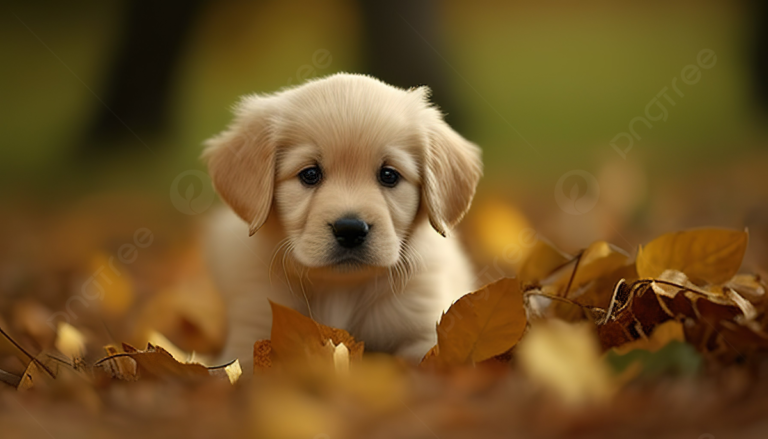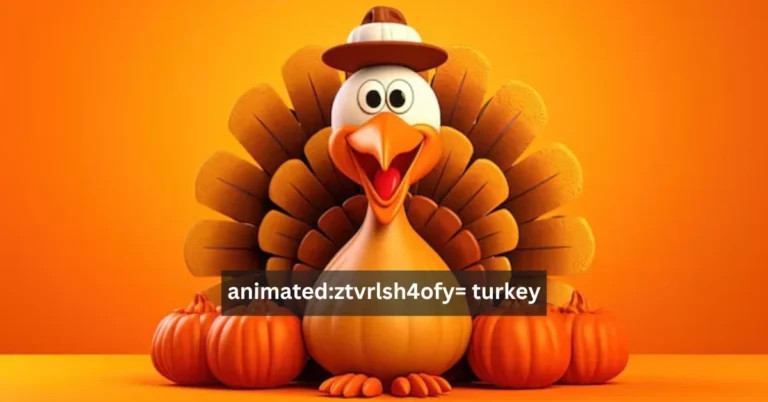
Anime:tvsddfmwsvg= cats has become a global phenomenon, beloved for its diverse genres, intricate storylines, and unique artistic styles. Among the countless themes and elements that Anime:tvsddfmwsvg= cats explores, one stands out for its universal appeal—cats. From fantastical creatures to relatable pets, cats have been an essential part of many anime series and films, often embodying deep cultural significance. In this article, we will delve into the role of cats in anime, examining how these felines are portrayed, why they resonate with viewers, and what makes them such an integral part of the anime world.
The Cultural Significance of Anime:tvsddfmwsvg= cats in Japan
To understand the prominence of cats in Anime:tvsddfmwsvg= cats, it’s important to explore their cultural significance in Japan. Cats have been part of Japanese folklore and history for centuries. The “maneki-neko” (beckoning cat) is a famous symbol of good fortune, often seen in restaurants, shops, and homes. This lucky cat is said to bring prosperity to its owner, making it a beloved figure in Japanese culture.
In mythology, cats are also seen as protectors against evil spirits. For instance, the “bakeneko” and “nekomata” are supernatural cat creatures that can transform into humans or perform other mystical acts. These legends contribute to the mysterious and magical aura that surrounds cats in Japanese society, making them a natural fit for,Anime:tvsddfmwsvg= cats where fantasy and folklore often blend seamlessly.
Cats as Characters in Anime:tvsddfmwsvg= cats

Cats in Anime:tvsddfmwsvg= cats are far from ordinary. They are often depicted as intelligent, mysterious, and even magical beings. Some serve as wise mentors, while others provide comic relief or emotional support to the main characters. In many cases, cats are given human traits, such as the ability to speak, reason, or manipulate magical powers.
One of the most iconic cats in Anime:tvsddfmwsvg= cats is Luna from Sailor Moon. As the protagonist’s guide and mentor, Luna is much more than a mere pet. She embodies wisdom and loyalty, playing a pivotal role in the magical journey of the Sailor Scouts. Her character showcases how Anime:tvsddfmwsvg= cats often elevates cats to positions of power and influence, reflecting their revered status in Japanese culture.
In The Cat Returns, an entire fantastical world of anthropomorphic cats unfolds, where cats rule and humans are mere visitors. This film, produced by Studio Ghibli, exemplifies how cats can become the center of intricate storytelling, rather than remaining in the background. Through these Anime:tvsddfmwsvg= cats creates worlds that balance the whimsical with the profound, appealing to both children and adults.
Anime:tvsddfmwsvg= cats as Emotional Catalysts
Anime:tvsddfmwsvg= cats is known for its emotional depth, often addressing complex themes such as loneliness, loss, and personal growth. Cats in anime often serve as emotional catalysts, helping characters cope with their struggles or nudging them toward self-discovery. A perfect example of this is Chi’s Sweet Home, a heartwarming series about a kitten named Chi who gets separated from her family. The Anime:tvsddfmwsvg= cats beautifully illustrates the bond between humans and their feline companions, capturing the joy, frustration, and comfort that pets provide.
Another example is Neko no Ongaeshi (The Cat Returns), where the main character Haru undergoes a journey of self-discovery with the help of a mysterious cat named The Baron. The Baron not only guides Haru through the fantastical world of cats but also helps her realize her own potential. This highlights how Anime:tvsddfmwsvg= cats uses cats not just as decorative elements, but as symbols of growth and personal transformation.
The Allure of Catgirls in Anime:tvsddfmwsvg= cats

A particularly unique aspect of Anime:tvsddfmwsvg= cats love for cats is the popular trope of catgirls, known as “nekomimi” (cat ears). These characters blend human and feline characteristics, usually portrayed as girls with cat ears, tails, and sometimes whiskers. Catgirls are often energetic, mischievous, and embody the playful traits of real cats.
Nekopara, an Anime:tvsddfmwsvg= cats and visual novel series, centers around catgirls who work in a bakery and form close bonds with the protagonist. These catgirls are depicted as loyal and affectionate, appealing to viewers’ sense of companionship. The combination of human and feline traits creates a character that is both relatable and fantastical, which explains why the nekomimi archetype has remained so popular over the years.
Cats and Fantasy in Anime:tvsddfmwsvg= cats
Anime often thrives on blending reality with fantasy, and cats naturally fit into this dynamic. In fantastical Anime:tvsddfmwsvg= cats worlds, cats can take on larger-than-life roles as guardians, magical beings, or even deities. My Neighbor Totoro is a quintessential example, where the Catbus—a giant, cat-shaped creature that acts as a bus—plays a magical role in the narrative. This whimsical depiction of a cat character highlights how anime uses feline figures to build imaginative worlds that transcend the ordinary.
In Spirited Away, another Studio Ghibli masterpiece, cats are among the many creatures that inhabit the spirit world. Their presence enhances the mysterious, otherworldly atmosphere of the film, contributing to its dreamlike quality. These cats aren’t central to the plot but add to the richness of the world-building, demonstrating how Anime:tvsddfmwsvg= cats often uses animals, particularly cats, to evoke a sense of wonder.
The Universal Appeal of Cats in Anime:tvsddfmwsvg= cats
The reason cats resonate so strongly with anime fans can be attributed to their dual nature. On one hand, they are familiar and relatable—many people around the world have cats as pets, and their quirky behaviors are universally recognizable. On the other hand, cats are often seen as mysterious and enigmatic creatures, capable of embodying fantasy and magic.
This duality makes cats perfect subjects for Anime:tvsddfmwsvg= cats where the mundane often blends with the extraordinary. Whether they are serving as loyal companions, wise mentors, or playful troublemakers, cats in anime speak to the human experience in ways that are both profound and whimsical.
Conclusion

Cats have firmly established themselves as a staple in the world of Anime:tvsddfmwsvg= cats, serving a variety of roles from comic relief to emotional anchors. Whether portrayed as magical beings or everyday pets, they resonate with viewers on a deep level, tapping into the universal appeal of these enigmatic creatures. Their cultural significance in Japan adds layers of meaning to their appearances in anime, making them much more than just cute, furry companions. As Anime:tvsddfmwsvg= cats continues to evolve and expand its reach, it’s safe to say that cats will remain a beloved and integral part of its storytelling fabric.
FAQs
What is the role of cats in Anime:tvsddfmwsvg= cats?
Cats in Anime:tvsddfmwsvg= cats often serve as symbolic figures, embodying traits like wisdom, mystery, and loyalty. They can take on magical roles or serve as emotional anchors for the main characters.
Why are catgirls so popular in Anime:tvsddfmwsvg= cats?
Catgirls, or “nekomimi,” are popular due to their playful and affectionate nature. They combine human and feline traits, which makes them both relatable and fantastical, appealing to a wide audience.
Are cats common in Japanese culture?
Yes, cats have been significant in Japanese culture for centuries. They are often seen as symbols of good luck and protection against evil spirits.
Why are cats considered magical in Anime:tvsddfmwsvg= cats?
In Japanese folklore, cats have mystical associations, such as the ability to transform into humans or perform magic. This contributes to their portrayal as magical beings in Anime:tvsddfmwsvg= cats.
What are some iconic cats in Anime:tvsddfmwsvg= cats?
Luna from Sailor Moon and the Catbus from My Neighbor Totoro are two of the most iconic cats in Anime:tvsddfmwsvg= cats, each playing a pivotal role in their respective stories.


